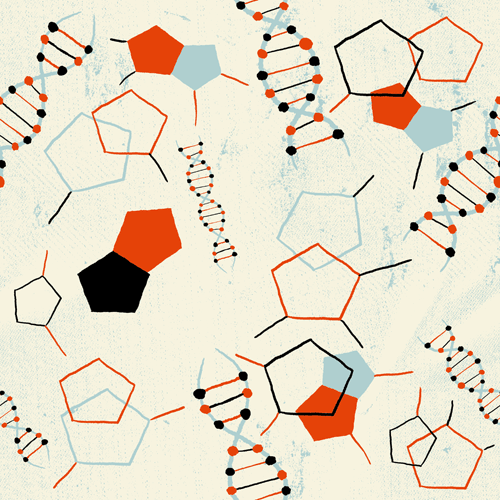Oligonucleotides have been gaining traction in the world of molecular biology. Their huge potential in both diagnostic and therapeutic applications has made them a popular research subject. However, protecting oligo-based applications can be complex and a careful IP strategy is needed when dealing with oligos. Fortunately, we have an expert partner in NLO to guide us through this fascinating field!
You might also be interested in ‘Second and third lives for known cancer drugs‘
Oligonucleotides are short DNA/RNA molecules or similar synthetic molecules that have a wide range of applications. Oligonucleotides, or oligos, are characterized by their sequence of nucleotides, which are complementary to a target DNA/RNA molecule. This complementarity is the basis for their specificity: oligonucleotides bind/recognize the sequence to which they are complementary. The binding and recognition of specific sequences are the basis for diagnostic applications. In therapeutic applications, this is but the first step. After binding, the oligo will subsequently have a therapeutic effect in at least one of the following three ways: It will either degrade its target, redirect the splicing of the target, or influence the transcription of a bundle of target molecules/genes.
Broad protection > specific protection
As a pioneer inventor for the role of a given gene in a given disease, you may be allowed to broadly protect any oligonucleotide that is targeting said gene in diagnostic and therapeutic applications of the specified disease. This will form the first generation of IP around the disease. As the field progresses and knowledge increases, the scope of protection by next generations of incremental IP will become more focused and thus limited. The IP may evolve from an oligo targeting part of a gene to an oligo targeting a given motif and/or structure within a gene, specific oligonucleotide sequences, specific chemistries that may be combined with a specific sequence, combinations of different oligonucleotides, formulation of an oligonucleotide, and so on.
A frequent challenge in next generations of an application is the lack of “unity of invention”. If several oligonucleotides are already known to be targeting the same gene for treating or diagnosing a disease, each new oligo targeting this gene may be seen as a separate, non-unified and hopefully new invention. In theory, the new oligonucleotide can still be protected. In practice, this weighs heavily on your budget because the Examiner may demand that each and every new oligonucleotide be protected in a distinct new application.
The union forever! But how?
To optimize your scope of protection, it is key to know the prior art—the publicly available information on the subject of your patent—before deciding to file a patent application. The prior art will aid you in defining your invention in the most “unified” way possible. It may also influence the type of experimental data needed, such as comparative data with similar oligos already known in the field. Having generated and incorporated the right experimental data will strengthen the patentability of the oligo’s application because some countries do not even consider post data. Keep in mind that knowing the prior art upfront may also provide more insights as to your competitors’ (IP) activities!
There is no general rule for drafting a “unified” invention. Oligos may be defined by a given motif in a target gene. As such, the motif can provide the unity of invention. Another example is the chemistry; oligos sharing a specific chemistry may be considered as unified. In each case, the unifying parameter should also confer the technical advantage to known oligonucleotides (e.g., increased efficiency, less toxicity, increased binding to the target, increased internalization into the cells, etc.).
A potential drawback of this unification is that every oligo under the unified invention may be considered as equivalent by the examining authorities. The presence of an inventive step for one of these oligonucleotides over the others may therefore be difficult to defend later on, if needed.
Article by guest contributor Caroline Pallard, Dutch and European patent attorney, Partner at NLO.


